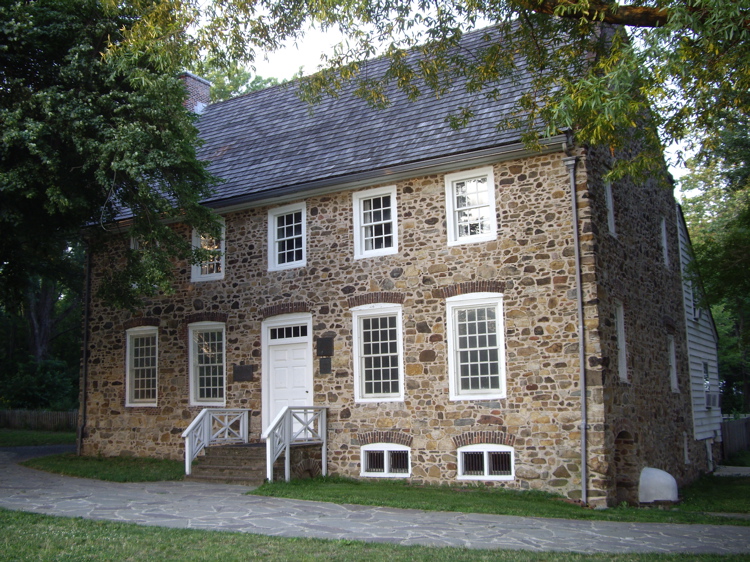 |
| A fanciful version of the felling of King George III's statue in Bowling Green |
Anyone who's ever taken a tour with James knows he's a strong advocate that we shouldn't celebrate just July 4 as Independence Day but the whole week from July 2-9.
Though, we have always celebrated July 4th as the holiday, the actual date of the vote to declare our break from Great Britain was July 2.
"The second day of July, 1776, will be the most memorable epoch in the history of America. I am apt to believe that it will be celebrated by succeeding generations as the great anniversary festival."
Well, he was only off by two days. In fact, only twelve of the thirteen original colonies had voted to declare independence on July 2 -- the delegates from the thirteenth colony, New York (which included such notable citizens as Lewis Morris and Francis Lewis) did not feel they had been invested with such power and retreated from Philadelphia to discuss their options.
Meanwhile, on July 4, the Continental Congress agreed to print the Declaration. Scholars guess that somewhere between 100 and 200 of these Dunlap Broadsides, as they've come to be known, were printed that evening (25 of which exist today), probably under the watchful eye of Thomas Jefferson, the Declaration's lead author. On July 5 and 6, John Hancock had riders dispatch Dunlap Broadsides to colonial cities and on July 9 a copy arrived in New York City, where George Washington's troops were stationed.
That same day, New York agreed to be the thirteenth and final colony to declare independence. (Good thing, since the printed Declaration begins, "The unanimous declaration of the thirteen united states of America.") That night, American troops and the Sons of Liberty tore down the gilded statue of George III in Bowling Green Park, signaling New York's new life as an independent American city.
As we write in Inside the Apple:
Until then, it’s worth a visit to Bowling Green during this Independence Week to see—and feel—this reminder of the American Revolution. If you're in the neighborhood, signer Francis Lewis is buried at Trinity Church (as is New York's greatest hero of the Revolution, Alexander Hamilton).
..... AND SPEAKING OF ALEXANDER HAMILTON...
Don't miss our illustrated lecture at The New-York Historical Society on Friday, July 29, at 6:30pm.
Read all about it at: http://www.nyhistory.org/programs/exploring-hamilton%E2%80%99s-new-york
Please note that the talk is free with museum admission and that museum admission is pay-what-you-wish on Friday nights. The museum would like an RSVP if you are planning to attend, either by calling 212-485-9268, or clicking here.
As we write in Inside the Apple:
The fence that surrounds the Bowling Green today is the original one erected ca. 1771. It is a New York City Landmark and one of the city’s most significant pieces of pre-Revolutionary architecture. If you walk around the outside of the park, you can easily see that the larger fence posts are uneven and that each is rough-hewn in a slightly different way. It is clear that there were once decorative objects at the top of the fence posts, but it remains a mystery what these finials actually looked like, or when they were removed.
Unlike the king’s statue, the fence is not mentioned in any news reports, diaries or letters of the time. Over the years, it has been posited the finials must have been something round (to be used as cannon balls) or something royal and therefore offensive to Americans. According to the New York Times, during the excavations for the foundations of the elevated railroad in 1878, “one of the round knobs struck from the railing” was unearthed. Later that year it was presented to David van Arsdale, the grandson of a Revolutionary soldier who had a direct role in the end of the war in New York. But that is the only time they are mentioned.Perhaps one will turn up someday and we’ll see exactly what they looked like.
Until then, it’s worth a visit to Bowling Green during this Independence Week to see—and feel—this reminder of the American Revolution. If you're in the neighborhood, signer Francis Lewis is buried at Trinity Church (as is New York's greatest hero of the Revolution, Alexander Hamilton).
..... AND SPEAKING OF ALEXANDER HAMILTON...
Don't miss our illustrated lecture at The New-York Historical Society on Friday, July 29, at 6:30pm.
Read all about it at: http://www.nyhistory.org/programs/exploring-hamilton%E2%80%99s-new-york
Please note that the talk is free with museum admission and that museum admission is pay-what-you-wish on Friday nights. The museum would like an RSVP if you are planning to attend, either by calling 212-485-9268, or clicking here.
* * * *












